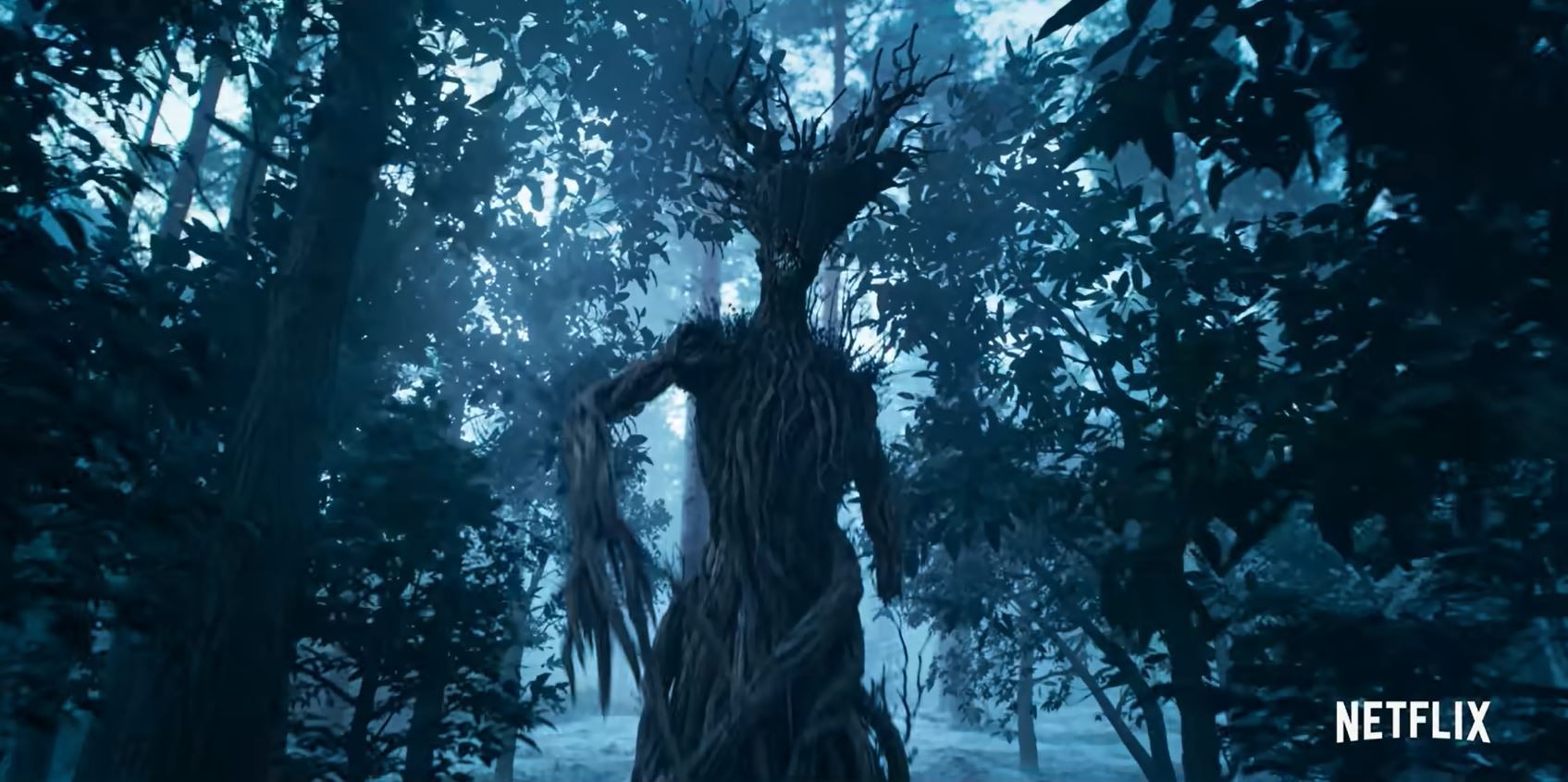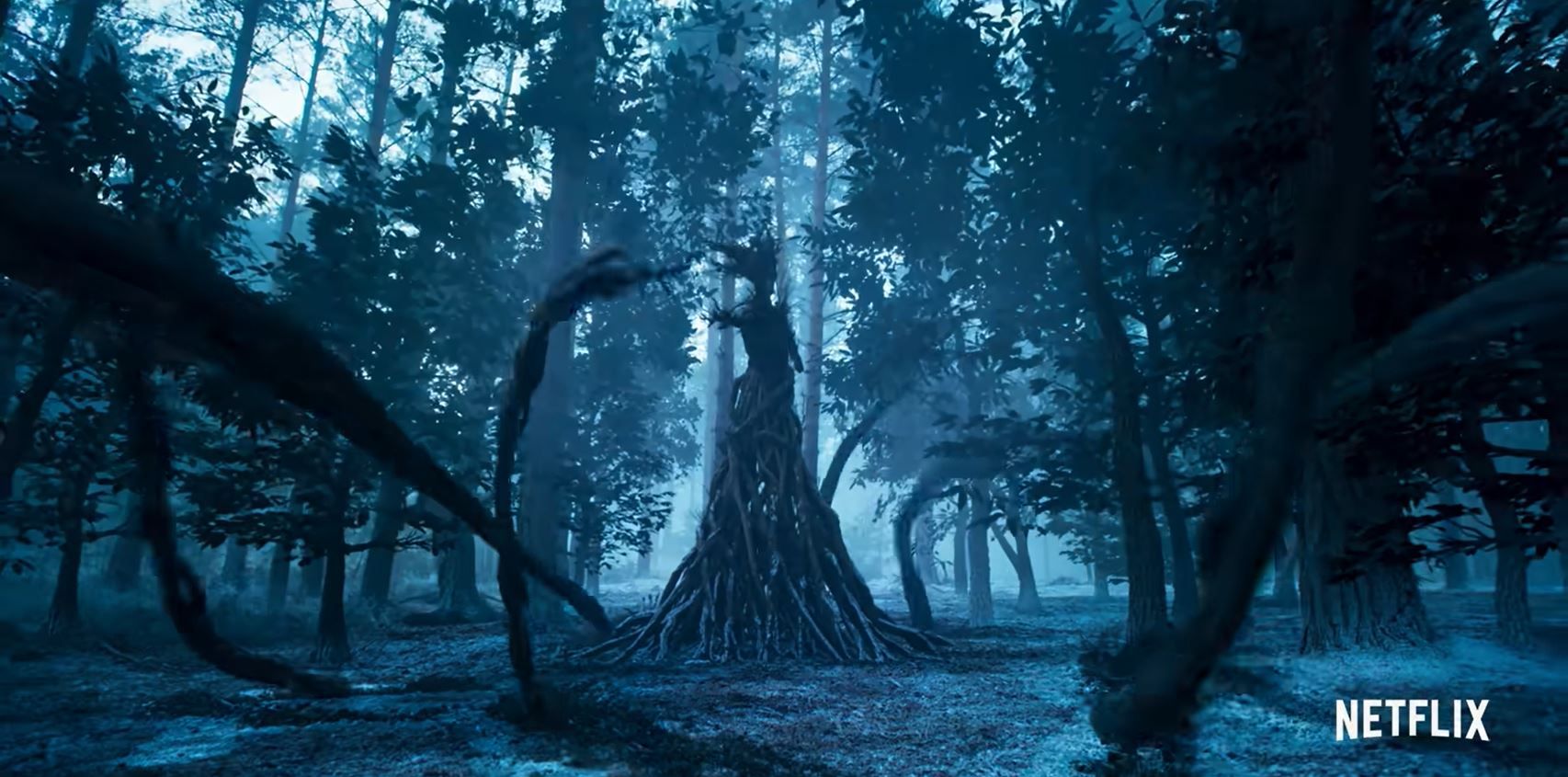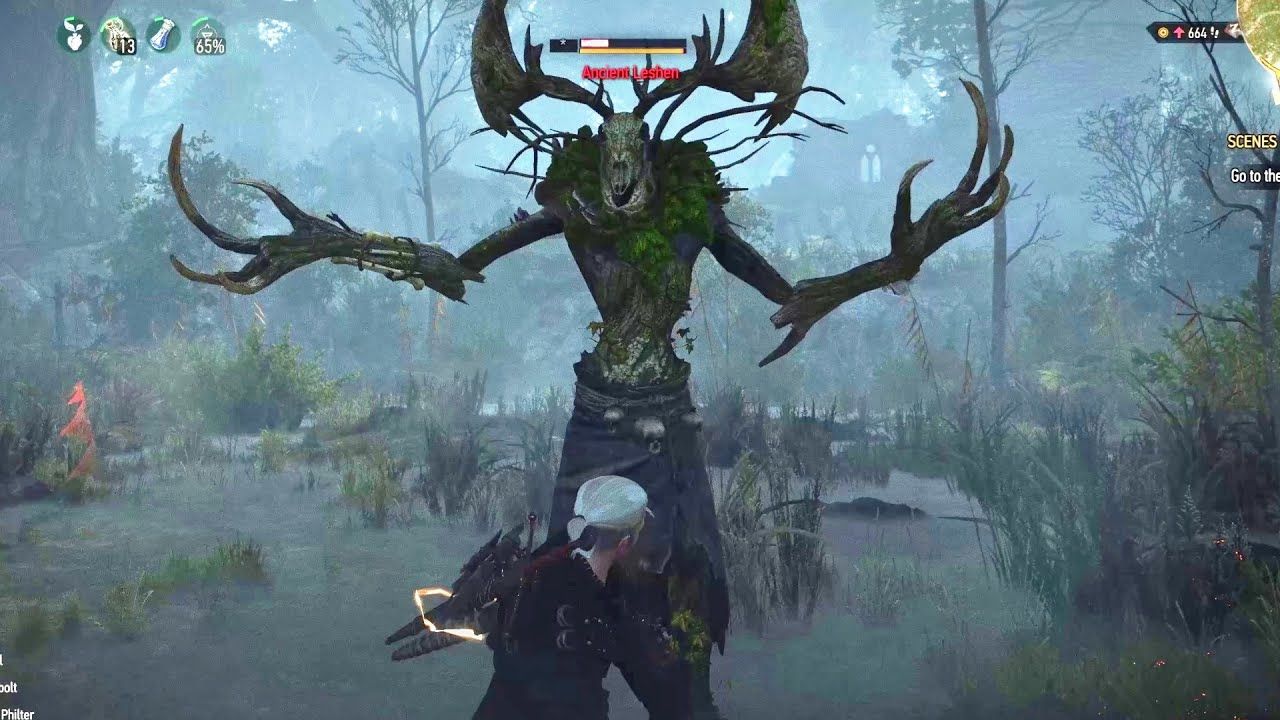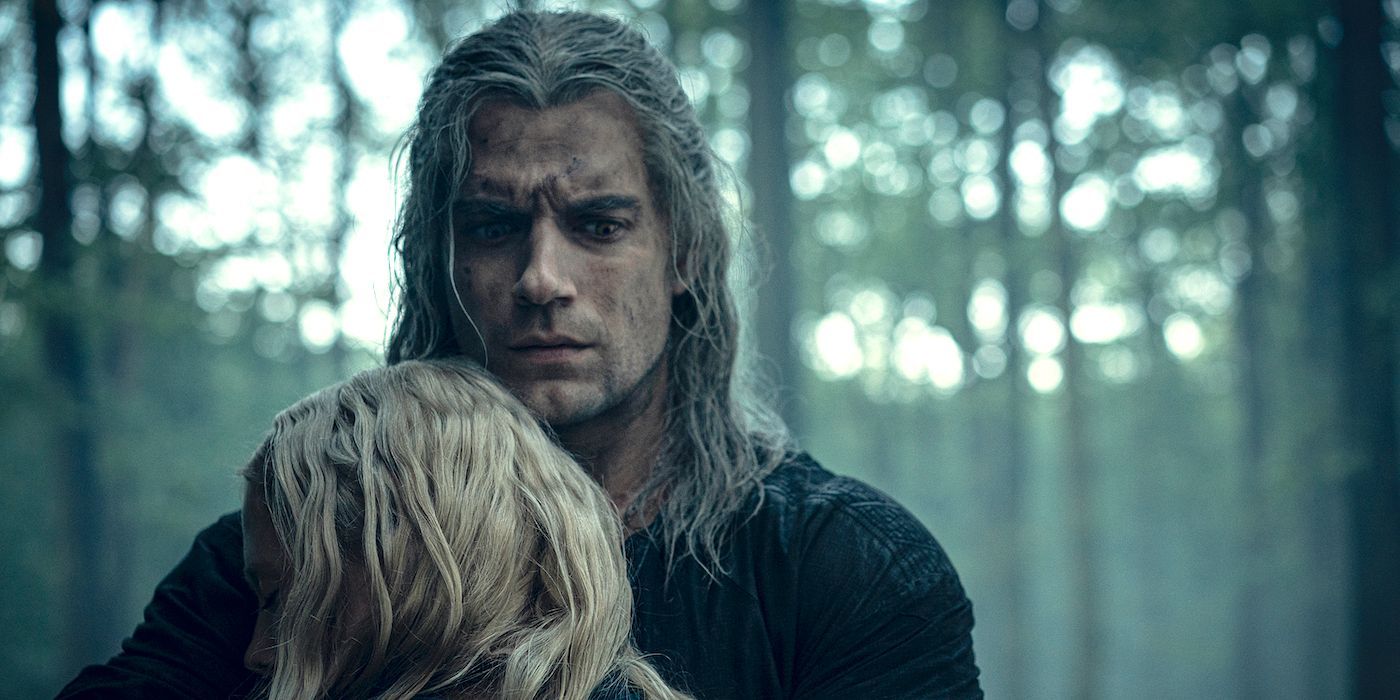When Netflix released the most recent The Witcher Season 2 trailer, fans noticed that the show's leshen was missing some of its most recognizable features - here's why.
Netflix's The Witcher revealed a new look at one of the franchise's most iconic monsters - the leshen. Though, fans were quick to note that the live-action monster was missing parts of its iconic design.
Though Netflix frames the live-action as an adaptation of Andrzej Sapkowski's The Witcher novels rather than the games, fans were disappointed that Netflix modified the creature's original design.
But should the live-action show use direct copies of the game designs? How close should it be to the games or books? These questions are exactly why Netflix's team changed the leshen for season 2.
THE WITCHER SEASON 2 LESHEN
In the most recent trailer, viewers can catch a glimpse of Geralt and Ciri fighting a leshen in a misty wooded forest. Seemingly ensnared in its own system of roots, the monster summons vine-like tentacles to attack the witcher and his charge.
In a close-up, the leshen is made entirely of gnarled branches and wood. The bark masking its face and the whip-like vines make it a formidable monster - but one different from the games.
Netflix's Season 2 Redesigned Leshen
The leshen is originally an ancient creature from The Witcher 3: Wild Hunt. Tall and humanoid, the leshen's most recognizable features were the skull and antlers on its head. Netflix's team, however, chose to alter the leshen and lose those design aspects.
Taking a closer look, the bark and pointed branches on its head still echo the original game design. However, eliminating the skull and obvious antlers still caused fans to claim that the new design wasn't "Witcher enough." But here's the thing - The Witcher games did their own bit of creative interpretation.
Geralt fighting the Leshen in The Witcher 3
When it comes to the leshen, The Witcher 3 game had actually taken its own creative liberties. The design is a combination of monsters from Slavic myth (the Leshy) and Native American myth (the Algonquian Wendigo).
The Slavic Leshy is a magical forest lord, and is where The Witcher 3's leshen gets its humanoid shape and powers. The Native American Wendigo lends its skeletal antlers to the game leshen's design - the very aspects of the creature that make it so recognizable.
So, it isn't entirely true that the new design isn't "Witcher" enough, it just veers away from the game's original mythical inspirations.
ADAPTATION VS. RECREATION?
At this point, you have to ask - at what point should Netflix's live-action series be an adaptation versus a recreation? The games themselves are an adaptation of Sapkowski's novels, complete with their own creative interpretations. Can a live-action show not do the same?
Live-action versions of animated media and video games have had a difficult history at best. Netflix's The Witcher certainly has its own difficulties - especially with painful representations of disability and women's autonomy. However, it is arguably one of the most successful live-action translations the game industry has seen so far. A lot of that has to do with creative interpretation.
By utilizing some elements of the leshen rather than a direct copy, Netflix can build an original interpretation of The Witcher world. It can expand upon and invite new understandings of Slavic mythology and Sapkowski's work in ways that offer a fresh approach and keep the spirit of the games alive.
Changing one of the game's most iconic monsters can certainly be disappointing, but on the bright side, it adds new flavor to the library of Witcher-inspired media. After all, greater diversity in stories and design is why fantasy can expand at this scale. It's what makes universes like The Witcher live on, in all forms of media.
And hey - at least it isn't as massive a change as The Witcher: Nightmare of the Wolf's "leshen."
The Witcher Season 1 is currently available to watch on Netflix, with Season 2 premiering on December 17th.




